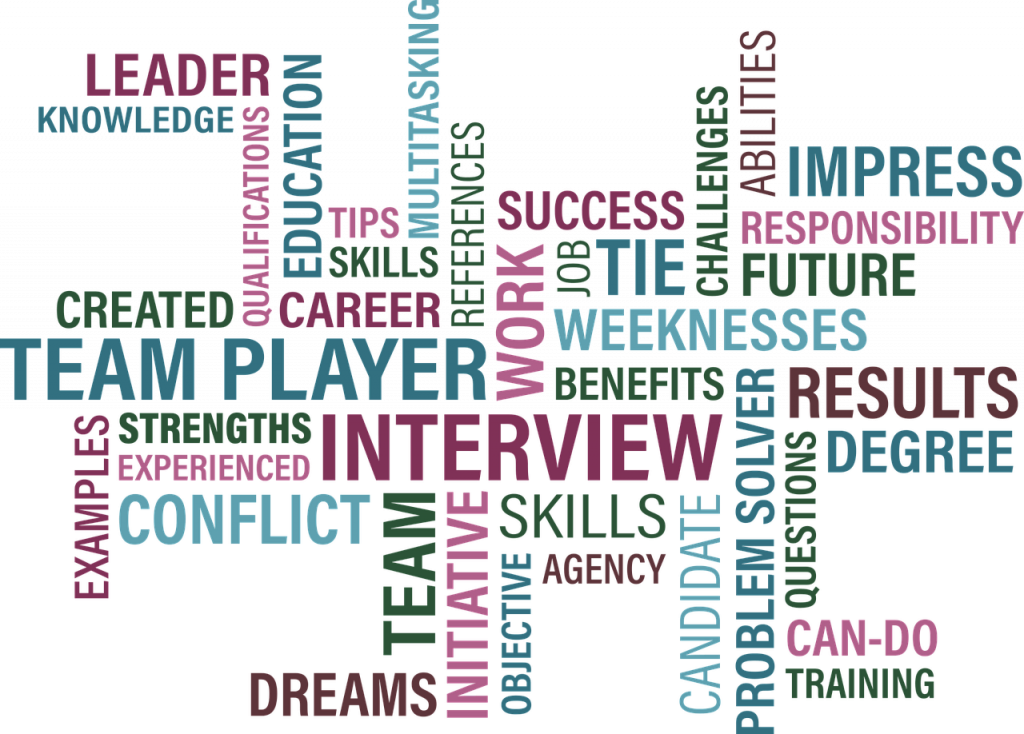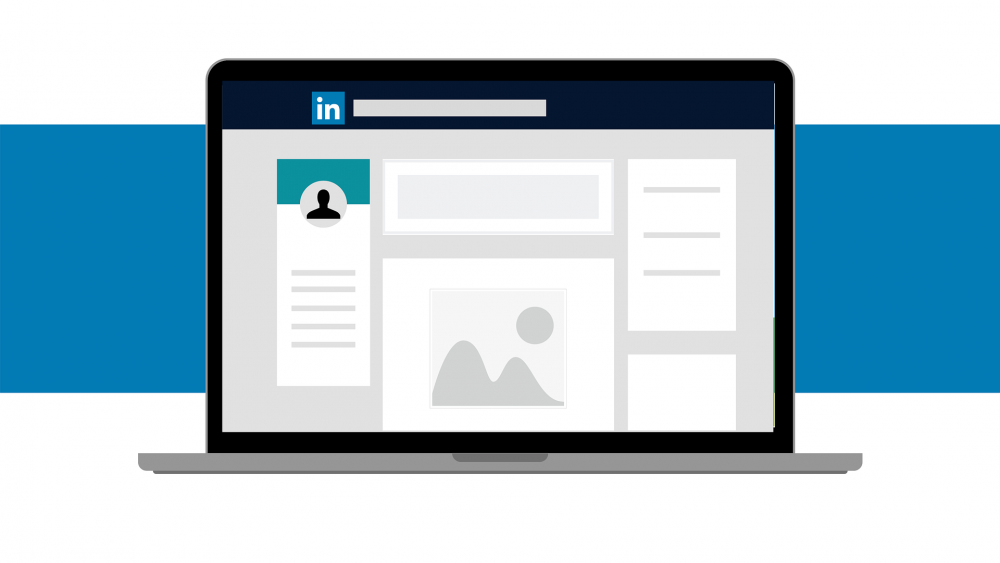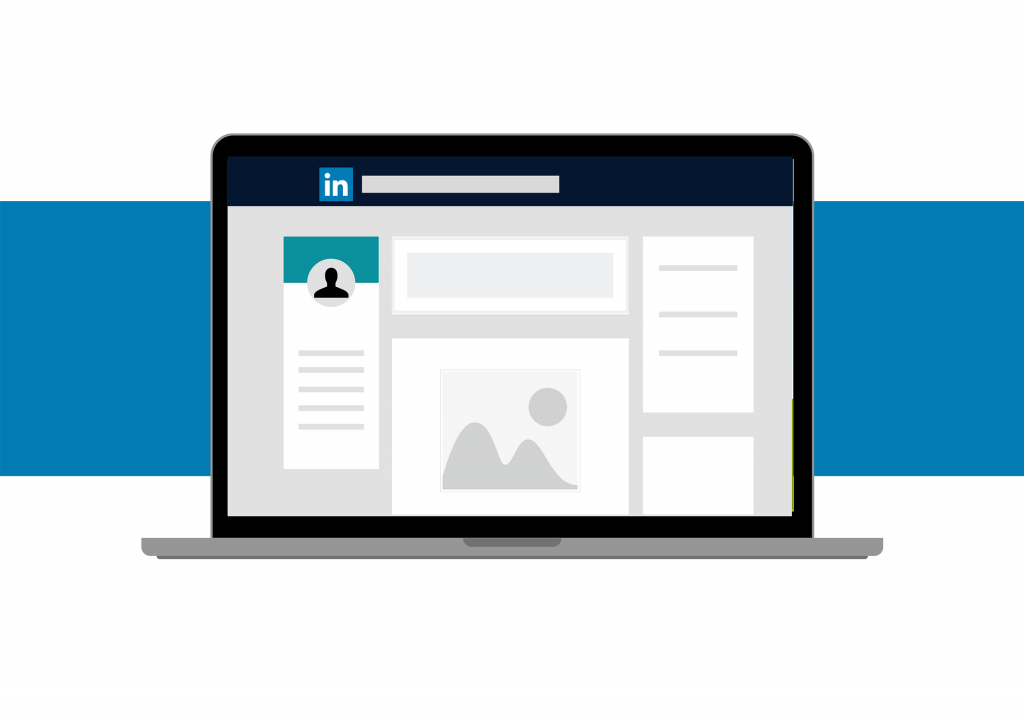You have probably been told that it’s important to have a LinkedIn account, and that is very much the truth. LinkedIn has grown to be the biggest career website with over 705 million members and every second, 3 members get new jobs. Clearly, it is a good idea to spend some time on improving your profile, even more so today, when we are faced with the consequences of social distancing. Right now, we cannot go to traditional networking functions, career fairs or conferences. Therefore, the need is high for guidance on how to stand out in the complex world of LinkedIn. However, one won’t get far without a good profile. Because of that, the Alumni Office is hosting a series of career webinars with the certified CV expert (and alumna) Birgitta Möller. The first webinar took place on 22 October and was all about the basics of a good LinkedIn profile. In this article, we have summarized the answers to the most asked questions from the first webinar of the career series.
The Banner
Many are aware that a selfie is not ideal as a profile picture, but what kind of picture should one use as a banner? The banner takes up a lot of space in the profile and is therefore very important, because what you show on the picture will affect your profile visitor’s first impression of you. The picture should say something about you, but not be too generic. Something that always works well, especially if you have not had much work experience, is a word cloud. Select 4-5 words that say something about you or your skill set.

The “About” section
In this section you can write about yourself, what you do or what you’re looking for. However, keep in mind that only the first 200 characters are visible before one clicks to “see more” on the desktop. On the smartphone, only the first 50 characters are visible. Because of this, the first sentence is the most crucial. In order to stand out in the “About” section, storytelling is a good idea. Find a way to make others curious to read more. Something you should not do is to write cliché words like successful or experienced, it needs to be more tangible than that.
Quick tips on skills, recommendations and experiences
During the webinar, we received quite a few questions on what type of information is relevant to put in what section. Here are some quick tips that Birgitta Möller gave:
- If your profile is in English, add the auto words for skills that come up as you search for new ones. This way it’s easier for recruiters to find you, since they might search for these pre-made specific skills.
- Recommendations are very good to have, especially if they contain a lot of information on, for example, different projects you have been a part of. If someone gives you a recommendation, don’t automatically give one back, it can come across as unreliable.
- If you have a portfolio, add it to the feature section.
- Make sure to write something about every job you have listed in your experience section. How much you should write on each one depends, but at least describe what the job tasks were.
Recruiting
Recruiters use LinkedIn in several ways to find potential candidates for hiring. One such way is by doing searches based on geographic location. If you are looking for work in another city or even country, you can change your address’ zip code in the settings. Now recruiters might find you more easily. Not only will recruiters check all applicants out on LinkedIn, but also use it as a tool to search for new potential employees before the recruiting process starts. To make sure everyone understands how powerful it can be to have a good profile on LinkedIn, Birgitta Möller said this:
“Yes, recruiters do search for employees on LinkedIn! First, they ask their network, because it’s cheaper than using an ad. Then they go to LinkedIn. This is for real. Sometimes people think that LinkedIn is just a fairytale, but it is for real. Every second, three people get a job via LinkedIn.”
LinkedIn is not just a powerful tool to a recruiter, but to everyone looking for a job. The first thing to do is to broadcast that you are open to job opportunities. In case you don’t want others to know, you can choose it to only be visible for recruiters. Searching for jobs can be time consuming, therefore, Birgitta Möller recommends that you set up a weekly notification of job postings. There is a maximum of 6 different titles to get notifications for, but one can select multiple criteria such as what area, the amount of work hours and company type. In order to not miss when specific companies are hiring and to show your interest in what they are doing, it’s a good idea to follow them as well.

Connections
The whole point with LinkedIn is to have many connections in order to increase one’s professional network and enhance one’s career. That said, not all the connections have to be directly linked to one’s professional life. Friends or acquaintances can also be valuable contacts, because they could have big networks and know many people. If you want to connect with somebody that you don’t know, it’s better to approach it as if you were meeting physically:
“Think about it as if it were real life. Who goes to a networking function, goes up to somebody hands them their business card and then leaves again without saying anything? So why do people do this on LinkedIn? Make a proper introduction, with a personalized message on LinkedIn while sending the contact request. That will make a better impression,” says Birgitta Möller.
But what do you do with your connections once you have them? One idea is to share lots of content and stories. When sharing something, you should think about whether or not this is content that your connections would like, benefit from or learn from.
We hope that this article can help as a good startingpoint when setting up or updating the profile. More on the topic of how to interact and network on LinkedIn, will be covered in the next LinkedIn webinar on 10 February. That and other webinars we have coming up can be found on our events page. See you on Zoom!



